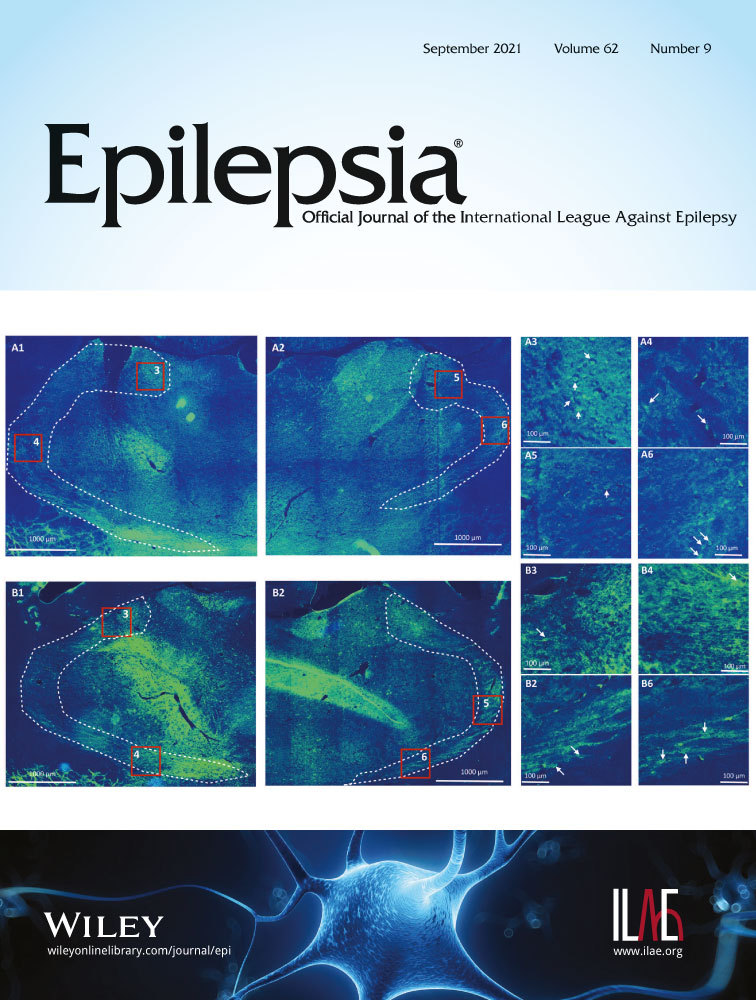Factors affecting breastfeeding in women with epilepsy
Abstract
Objective
This study aimed to compare rates of breastfeeding initiation and maintenance in women with epilepsy (WWE) with those of the general population and to identify factors affecting breastfeeding patterns in WWE.
Methods
We retrospectively reviewed data for the following variables in pregnant WWE (n = 102) and healthy women without epilepsy (n = 112): demographic characteristics (age, race, ethnicity), epilepsy type (focal or generalized onset), antiseizure medication(s), psychiatric comorbidities, postpartum seizure control, breastfeeding counseling, and lactation consultation. Fisher exact test and logistic regression analyses were performed to compare the rates of breastfeeding initiation and continuation in pregnant WWE with those of healthy pregnant women and to determine factors associated with rates of breastfeeding initiation and maintenance.
Results
The rate of breastfeeding initiation in WWE was significantly lower than in healthy women without epilepsy (50.9% vs. 87.6%), and WWE were less likely to maintain breastfeeding at 6 weeks (38.2%) and 3 months (36%) postpartum. Nearly half (53%) of WWE received antepartum breastfeeding counseling by their neurologists, and these women had higher odds of breastfeeding initiation and continuation (odds ratio [OR] = 2.53, 95% confidence interval [CI] = 1.14–5.72, p = .02). Postpartum consultation with a board-certified lactation consultant was associated with higher odds of breastfeeding continuation at 6 weeks (OR = 5.43, 95% CI = 1.39–27.23, p = .02) and at 3 months (OR = 4.9, 95% CI = 1.34–20.87, p = .019). Women taking levetiracetam were more likely to initiate and continue breastfeeding than those taking lamotrigine (OR = 6.22, 95% CI = 2.15–20.20, p = .001).
Significance
The initiation rate and duration of breastfeeding were significantly lower in WWE than in healthy women without epilepsy and were significantly associated with several factors. Identification of potential barriers to breastfeeding in WWE may lead to development of intervention strategies that can improve breastfeeding rates in WWE to maximize positive health outcomes for WWE and their infants.
CONFLICT OF INTEREST
None of the authors has any conflict of interest to disclose. We confirm that we have read the Journal's position on issues involved in ethical publication and affirm that this report is consistent with those guidelines.




